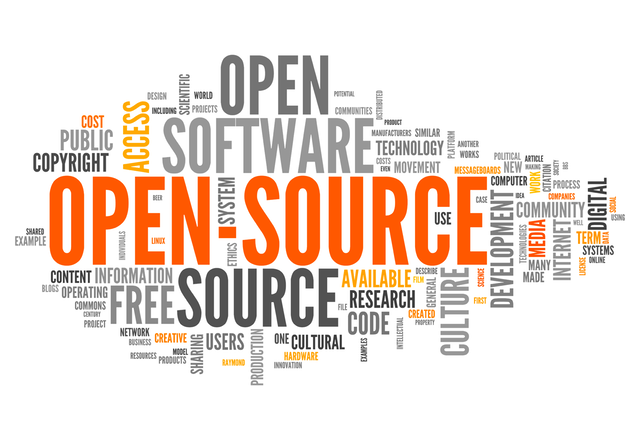Open Source Software: Advantages for the Trader
Algotrading and Trading Robots

The financial markets, and particularly the foreign exchange (FOREX) market, are dynamic and ever-changing, with countless variables affecting prices and trends. As a result, many traders have turned to algorithmic trading, or algotrading, using trading robots (Expert Advisors or EAs) to automate the process of analyzing market data and executing trades. However, the quality and safety of trading software are critical concerns, making open-source software a viable and advantageous option.
Open-source software is a type of computer software whose source code is available to the public, allowing anyone to access and modify the code. This provides a level of transparency and accountability that proprietary software cannot match. For algotrading, this means that traders can examine the code used by their EAs, ensuring that they are secure and perform as intended. In addition, the open-source nature of the software also allows traders to customize their EAs to suit their specific needs, creating a more personalized and effective trading experience.
MetaTrader and MQL4: The Power of Open-Source Programming
MetaTrader, a popular trading platform used by many traders for algotrading, has its own programming language, MQL4, which allows traders to develop their own EAs. The platform also allows traders to download and use EAs developed by other traders. While proprietary EAs may offer advantages such as proprietary algorithms or enhanced performance, open-source EAs provide several unique benefits.
The Advantages of Open-Source Software for Trading Robots (EA)
First and foremost, the transparency and flexibility of open-source EAs make them more reliable and trustworthy than proprietary alternatives. Traders can inspect and modify the code, ensuring that the EA operates as intended and avoiding potential issues with malicious or poorly-written code. This increased safety is especially important for traders who are entrusting their money to automated trading systems.
Open-source EAs also allow for more rapid development and iteration. Traders can collaborate on the development of an EA, identifying and correcting errors, and continually improving the code. This iterative process allows for more rapid updates and improvements to the EA, ensuring that it remains effective in the face of changing market conditions.
Another benefit of open-source EAs is the community support that often accompanies them. As open-source software is freely available, a community of users and developers can form around it, offering support, advice, and resources to one another. This community support can be invaluable to traders who are developing or using an EA, offering additional resources and insights that can enhance their trading experience.
A Fly in the Ointment
While open-source EAs do have advantages, there are also potential downsides to consider. Open-source EAs may not have the same level of technical support or documentation as proprietary alternatives, and may be less effective than proprietary EAs in some situations. Additionally, the flexibility of open-source EAs means that they may require more expertise to develop and use effectively, which may be a barrier to some traders.

When using open-source EAs, traders should be mindful of the potential risks and take appropriate precautions. One risk of using open-source software is that it may contain security vulnerabilities, which can be exploited by hackers or other malicious actors. To mitigate this risk, traders should keep their EAs updated and ensure that they are using the latest versions of any supporting software or libraries. Additionally, traders should be careful when downloading and using open-source EAs, ensuring that they are obtained from reputable sources and that the code has been audited and verified for security.
Another risk associated with open-source EAs is the potential for errors or bugs in the code. While open-source EAs are often more reliable and trustworthy than proprietary alternatives, they are still subject to errors and bugs that can affect their performance. To mitigate this risk, traders should test their EAs thoroughly before deploying them in a live trading environment, using backtesting or paper trading to identify and correct any issues.
Summary
Finally, traders should be aware that open-source EAs may require more technical expertise to develop and use effectively. While this can be a disadvantage for some traders, it can also be an advantage for those who are willing to invest the time and effort to develop their own EAs or customize existing ones. For traders who lack the technical expertise to develop or modify their own EAs, there are many resources available online, including tutorials, forums, and communities of other traders who can provide support and advice.
In summary, open-source software provides a powerful and flexible option for traders who are using EAs to automate their trading strategies. Open-source EAs offer increased transparency, flexibility, and safety, as well as the benefits of collaboration and community support. While there are potential risks associated with using open-source EAs, traders can mitigate these risks through careful testing, updating, and verification of the code, as well as by obtaining support and advice from other traders and developers. Ultimately, open-source EAs offer traders a powerful and reliable tool for automating their trading strategies and taking advantage of the dynamic and ever-changing FOREX market.